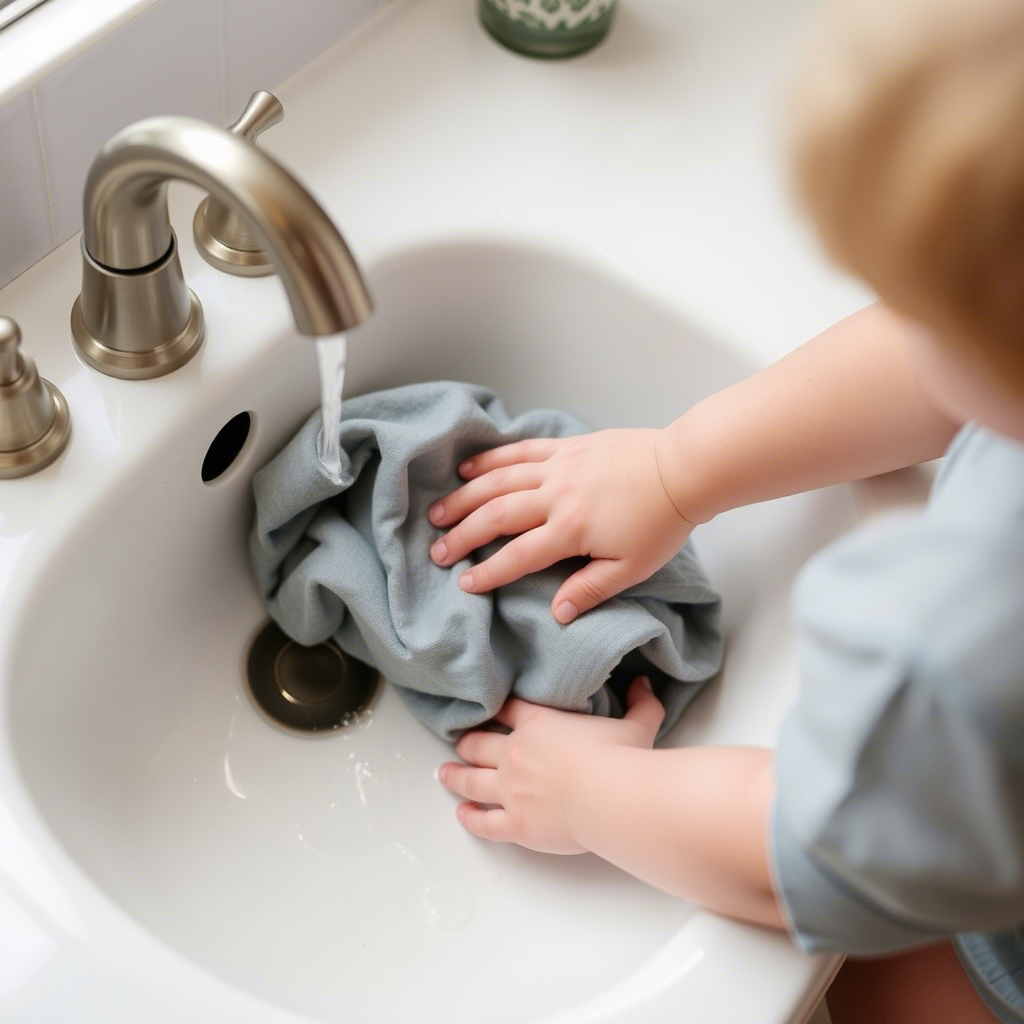Toddler Clothes Care 101: Tips For Making Them Last Longer
Toddler clothes are a significant investment for parents, given how quickly children grow and the frequency with which they soil their garments. The average toddler can go through multiple outfits in a single day due to accidents, spills, and playtime. As a result, maintaining the quality and longevity of toddler clothes is both economically sensible and environmentally friendly. Proper care can extend the life of these clothes, making them look newer for longer and reducing the need for frequent replacements. In this article, we’ll explore practical tips on how to care for toddler clothes effectively.
Understanding the Challenges of Toddler Clothes Care
Caring for toddler clothes comes with its unique set of challenges. Toddlers are naturally messy, and their clothes often bear the brunt of their explorative nature. From food stains to grass and mud stains, the variety of substances that can soil toddler clothes is vast.
Common Stains and Soiling Agents
- Food and drink spills are among the most common reasons for stains on toddler clothes.
- Outdoor play can result in grass, mud, and dirt stains.
- Art and craft activities can lead to paint, glue, and other creative substance stains.

To tackle these challenges, it’s essential to adopt a proactive approach to laundry and clothes maintenance.
Pre-Treatment and Laundry Best Practices
Pre-treating stains before washing is crucial for removing tough stains and preventing them from setting into the fabric.
Effective Pre-Treatment Techniques
- For protein-based stains like blood and grass, use cold water and an enzyme-based stain remover.
- For grease and oil-based stains, apply a stain remover or baking soda before washing.
- Always check the care label to ensure the pre-treatment method is suitable for the fabric type.
Laundry Tips for Delicates and Everyday Clothes
- Use a gentle cycle for delicate or special-care items.
- Avoid overloading the washing machine to prevent damage to clothes and ensure thorough cleaning.
- Consider using eco-friendly detergents that are gentler on fabrics and the environment.
Hand Washing for Delicate or Heavily Soiled Items
Some toddler clothes, especially those made from delicate materials or with intricate designs, may require hand washing.
The Benefits of Hand Washing
- Gentle on fabrics, reducing wear and tear.
- Allows for a more targeted cleaning approach for heavily soiled areas.

For parents looking to invest in high-quality toddler clothes that can withstand regular washing, consider checking out boys’ coats designed with durability in mind.
Drying and Folding Techniques to Prevent Wear
The way you dry and fold toddler clothes can significantly impact their longevity.
Best Practices for Drying
- Air drying is preferable to machine drying to prevent shrinkage and damage from high heat.
- If using a dryer, select a low heat setting and remove clothes as soon as the cycle is complete.
Folding and Storage Tips
- Fold clothes neatly to prevent creases and wrinkles.
- Store out-of-season clothes in breathable containers to maintain fabric quality.
Maintaining Clothes Between Washes
Not every item needs to be washed after every wear. Some clothes can be refreshed between washes.
Refreshing Clothes Without Washing
- Hang clothes outside to air out.
- Spot clean any visible stains or spills.

For more durable and stylish options that can withstand the rigors of toddlerhood, you might want to explore girls’ dresses that are both comfortable and easy to care for.
Conclusion
Caring for toddler clothes requires a combination of the right techniques, products, and mindset. By adopting pre-treatment strategies, being mindful of laundry practices, and using gentle drying and storage methods, parents can significantly extend the life of their child’s wardrobe. This not only saves money but also reduces waste and the environmental impact of frequent clothing purchases. By implementing these tips, you can keep your toddler’s clothes looking their best for longer.

Comments